Crowded, hot, noisy, bustling - the subway system seems to be a test of the sanity of "iron-clad" urban residents, but it is difficult to imagine the world's largest cities without this public transport system.
Subways—also known as "metros" outside North America—are as varied in name as their appearance around the world: from the claustrophobic, hand-built "tube" tunnels of the Victorian era to the steel structures of the last century and the modern, fully automated tunnels that serve people.
London Underground System
It was the first underground network and is still one of the largest in the world. More than 4 million Londoners and visitors use it every day. Despite its name, 55% of the system is above ground. Lines also extend into the neighbouring counties of Essex, Hertfordshire and Buckinghamshire.
More than just a public transport system, the London Underground is considered a global cultural icon and a pioneer in transport architecture and design for over a century.
This subway system is one of the important factors that gradually made London become the number one city on the planet.
Beijing Subway
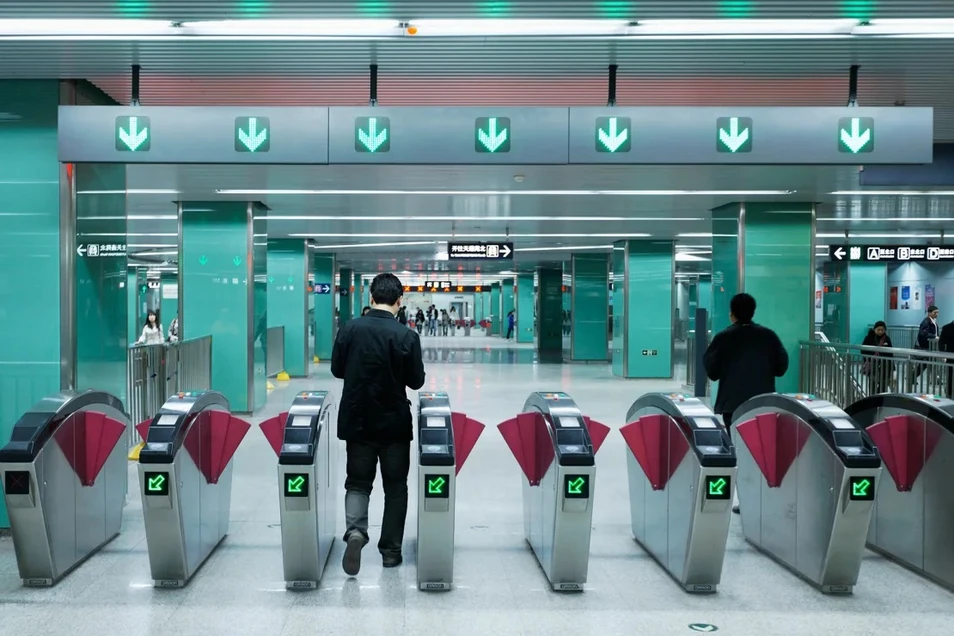
Although it came into operation nearly a century after London's, the Beijing Metro (China) has rapidly developed to become one of the longest and most modern underground transport systems in the world.
Launched in 1971, it now consists of 27 lines – including one Maglev line – spanning 519 miles across the Chinese capital and surrounding counties with 490 stations handling more than 10 million trips per day before the Covid-19 pandemic (3.84 billion trips in 2018).
Although there are 6 fully automated lines with driverless trains, this public transport system is still overloaded by the "huge" number of passengers.
Beijing has plans to expand its subway system to more than 620 miles, serving 18.5 million trips per day by 2025. To combat traffic congestion, the city is aiming for 60% of trips to be made by public transport by 2025 – of which, 62% will involve the subway.
Fares start at just $0.40 (about 10,000 VND) for a trip of up to 4 miles, with free tickets for children under 1.3 meters, seniors (over 65 years old), police and veterans, military personnel and people with disabilities. These are the policies that make Beijing residents and the rest of China choose to travel by subway.
Tokyo Subway
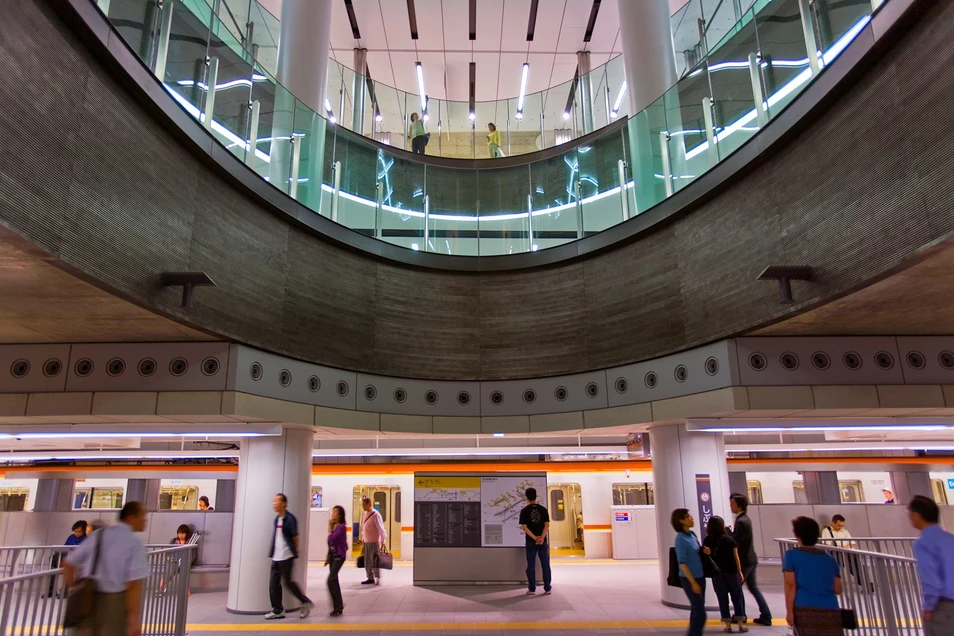
Oshiya "wearing white gloves" are the first images that come to mind when talking about the Tokyo subway (Japan). They are professionals tasked with "pushing", cramming as many people as possible into the already crowded trains.
Yet it remains a vital transport system in the world's largest metropolitan area, serving more than 35 million people, of whom about 14 million live in the inner city.
Tokyo's transportation network is extremely dense and complex, with no fewer than 100 urban railway lines, including two separate subway systems – the Tokyo Metro and the Toei Subway. These two systems share 13 lines and 286 stations serving many of the city's largest districts.
Although trains run at high speeds, up to 24 times an hour on a precise schedule, many stations are said to be operating beyond their intended capacity – even 200% more than they were designed for.
All of this can make traveling by subway in Tokyo a great experience for visitors. Policies have been implemented in recent years to make using the subway easier, such as multilingual signage, color coding, and numbering of stations. Visitors can even identify where they are thanks to unique jingles played over the PA system at some stations.
New York City Subway
One railway line that is closely linked to the social, cultural and economic life of the city it serves is the world-famous New York City subway. Like the city itself, the NYC subway never sleeps, operating 24 hours a day, 365 days a year.
At 665 miles (1,070 km), with 25 lines and 472 stations, it is North America's longest and busiest network by distance and one of the largest subway systems in the world.
Contrary to what the name suggests, the majority of the NYC subway runs above ground, often on heavily riveted steel bridges that line the streets, a familiar sight from movies like “The French Connection” and “Saturday Night Fever.”
When the first subway line opened in 1904, a ticket cost just 5 cents. Although it has since increased to $2.90, rides are still very affordable by international standards and are the fastest and most cost-effective way to get around the city nicknamed the Big Apple.
Mexico City STC Metro
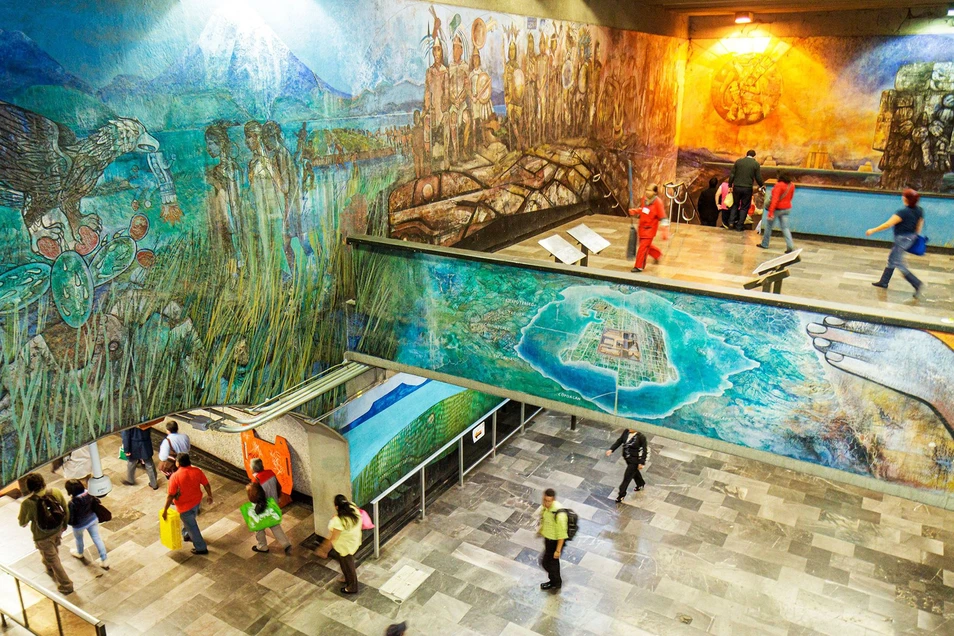
Mexico City is notorious for its traffic congestion and pollution, but fortunately, residents and visitors have the option of switching to a fast and cost-effective public transportation system.
Opened in 1969, STC Metro is now the second largest subway system in North America – after New York City, with 12 lines, 195 stations (115 underground) and more than 140 miles (225 km) of track.
Instead of conventional steel wheels on steel rails, the STC Metro uses a system similar to many Paris Metro lines with rubber tires on steel wheels, providing a smoother and quieter ride on Mexico City's unstable and earthquake-prone terrain.
This decision proved to be wise after the system survived the 1985 earthquake intact.
Source


![[Photo] General Secretary To Lam receives King Philippe of Belgium](https://vstatic.vietnam.vn/vietnam/resource/IMAGE/2025/4/1/e5963137a0c9428dabb93bdb34b86d7c)


![[Photo] Close-up of Vietnam's sniffer dog team searching for earthquake victims in Myanmar](https://vstatic.vietnam.vn/vietnam/resource/IMAGE/2025/4/1/d4949a0510ba40af93a15359b5450df2)
![[Photo] President Luong Cuong and King Philippe of Belgium visit Thang Long Imperial Citadel](https://vstatic.vietnam.vn/vietnam/resource/IMAGE/2025/4/1/cb080a6652f84a1291edc3d2ee50f631)
![[Photo] Prime Minister Pham Minh Chinh meets with King Philippe of Belgium](https://vstatic.vietnam.vn/vietnam/resource/IMAGE/2025/4/1/be2f9ad3b17843b9b8f8dee6f2d227e7)


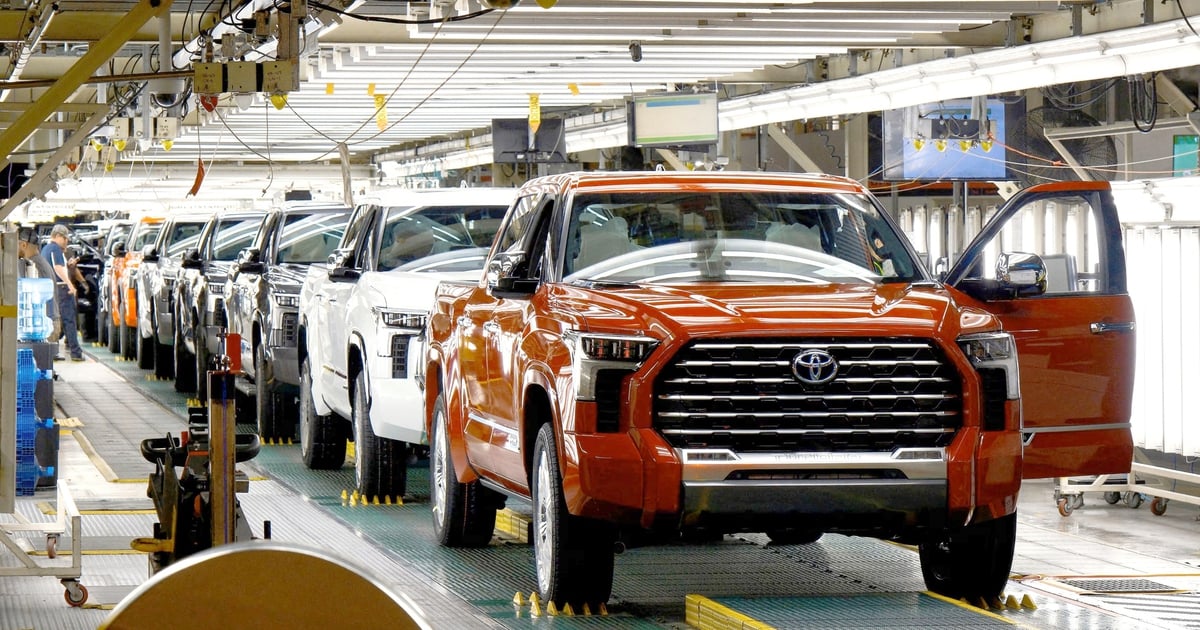

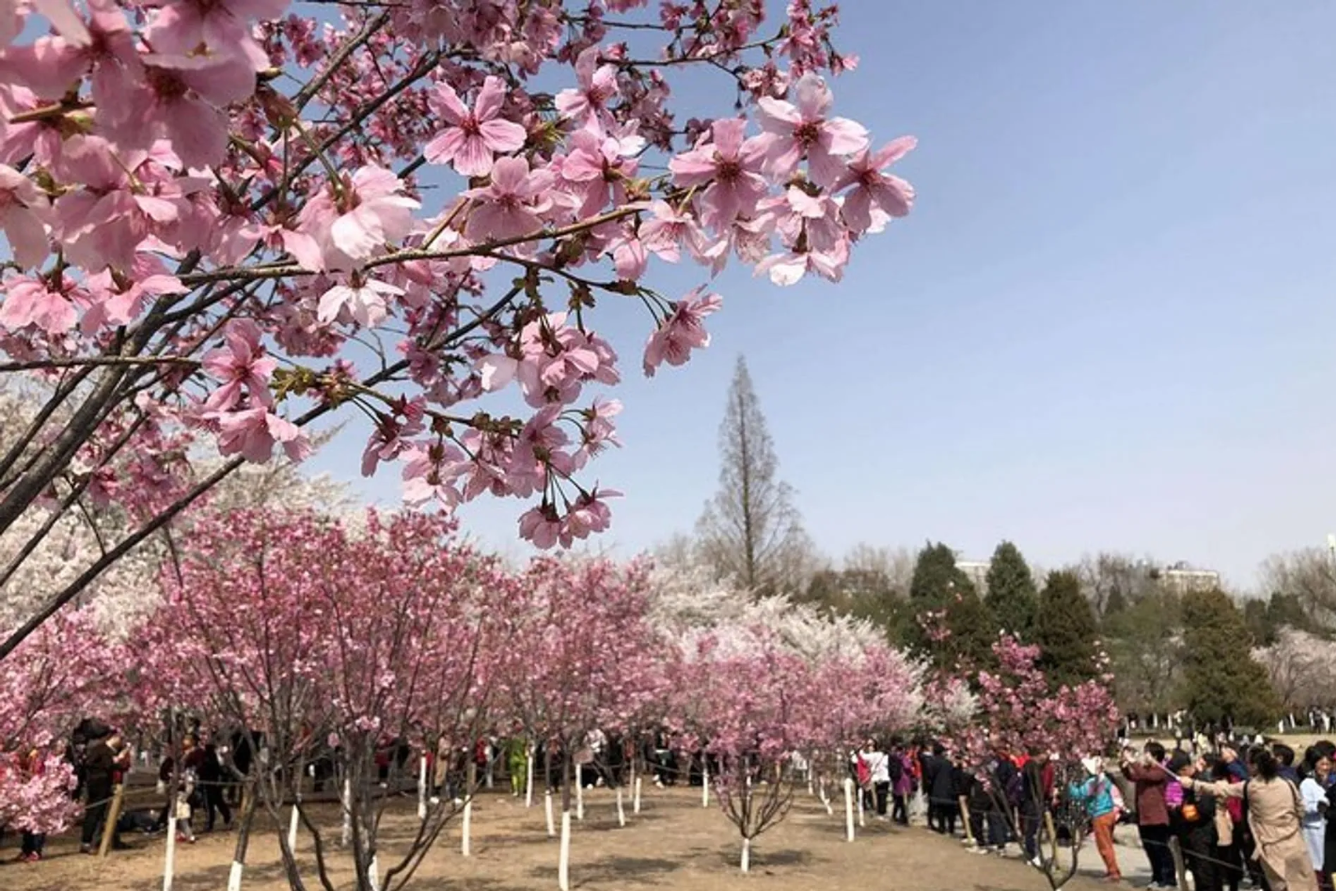
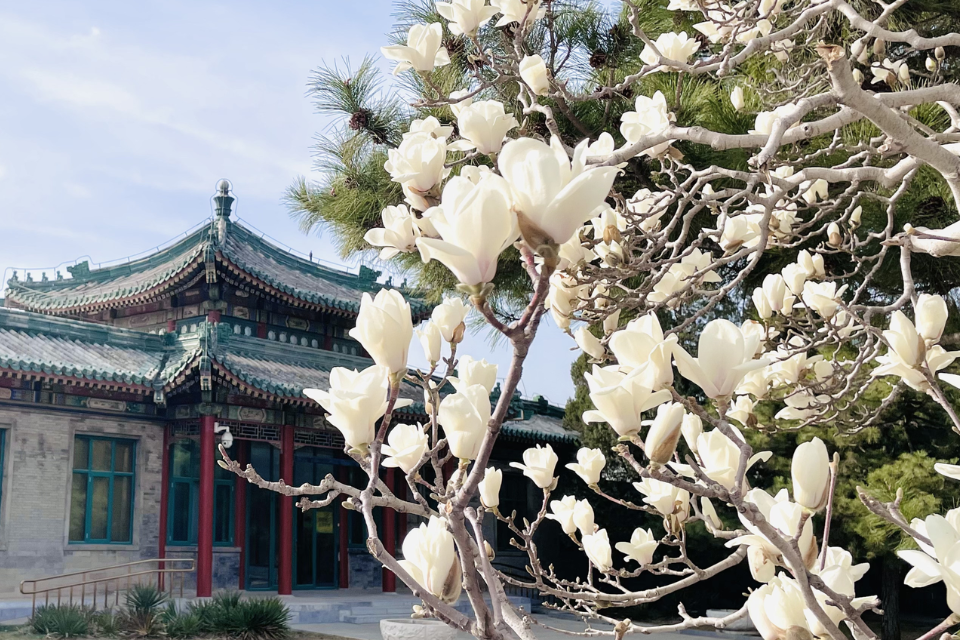
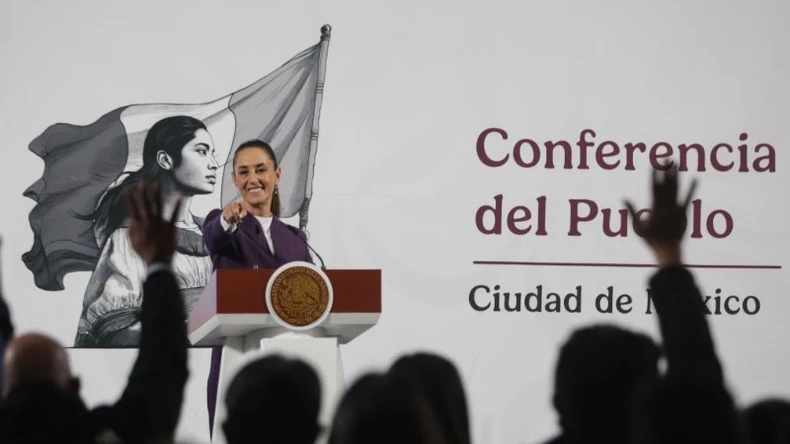



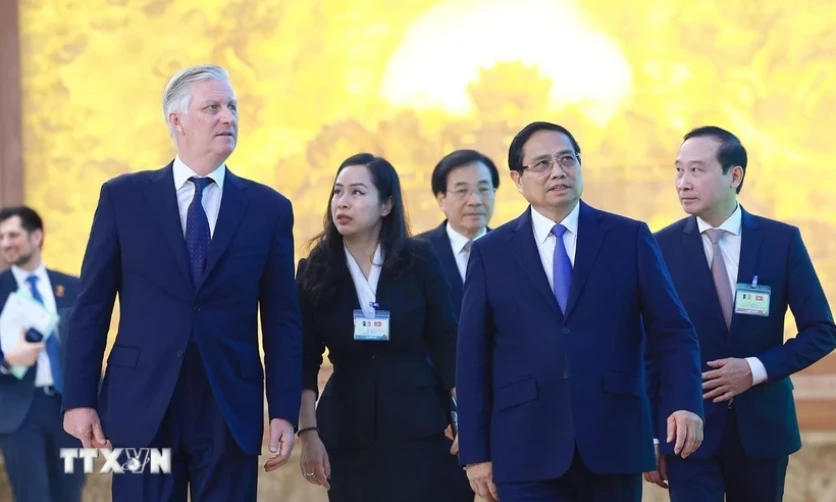







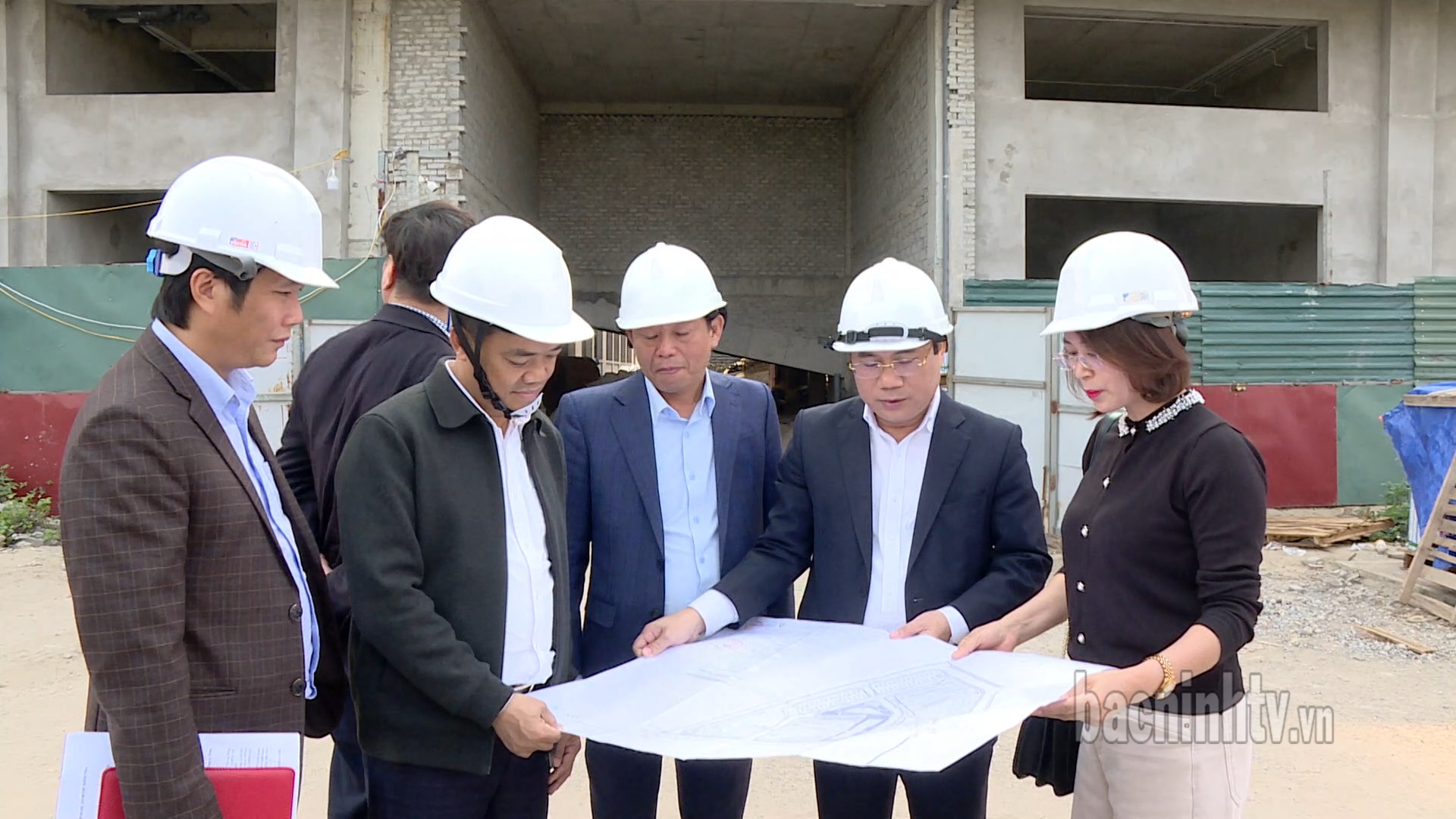
![[6pm News] Of the 40 newly discovered gold mines, 4 are in Thanh Hoa](https://vstatic.vietnam.vn/vietnam/resource/IMAGE/2025/4/1/08644991aa1b4030a549159f2f87c0d6)


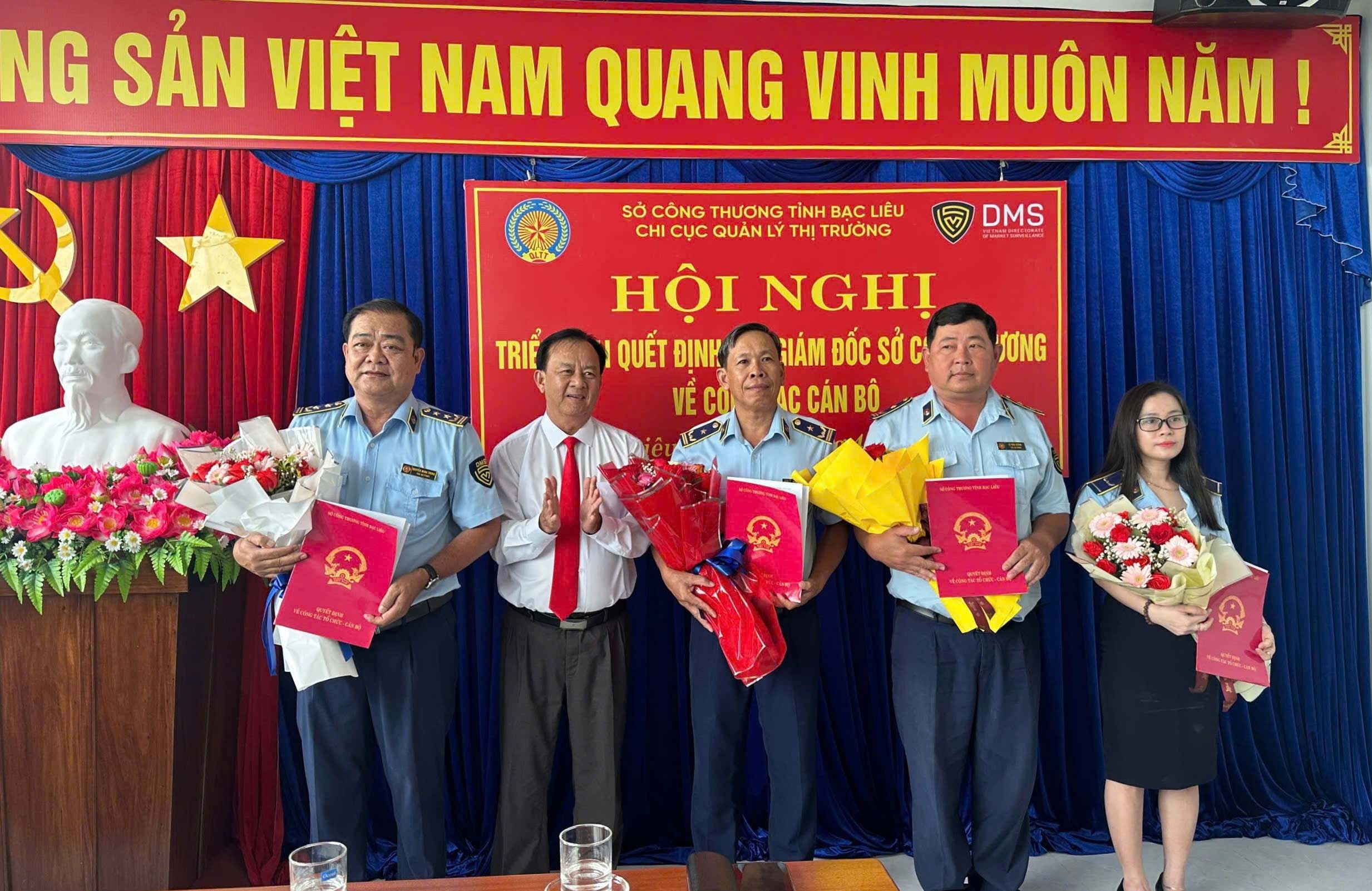
![[Photo] Myanmar's capital in disarray after the great earthquake](https://vstatic.vietnam.vn/vietnam/resource/IMAGE/2025/4/1/7719e43b61ba40f3ac17f5c3c1f03720)






























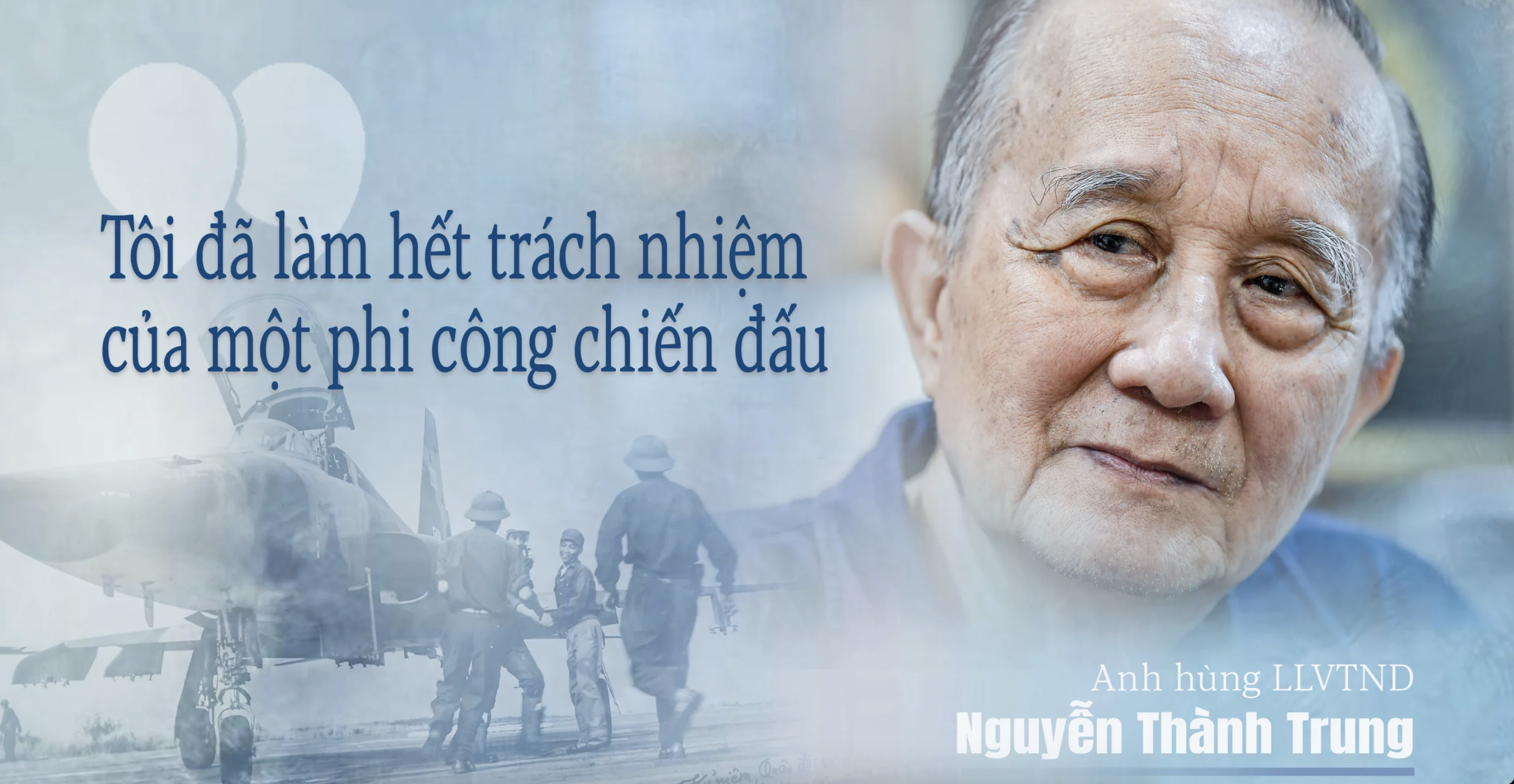















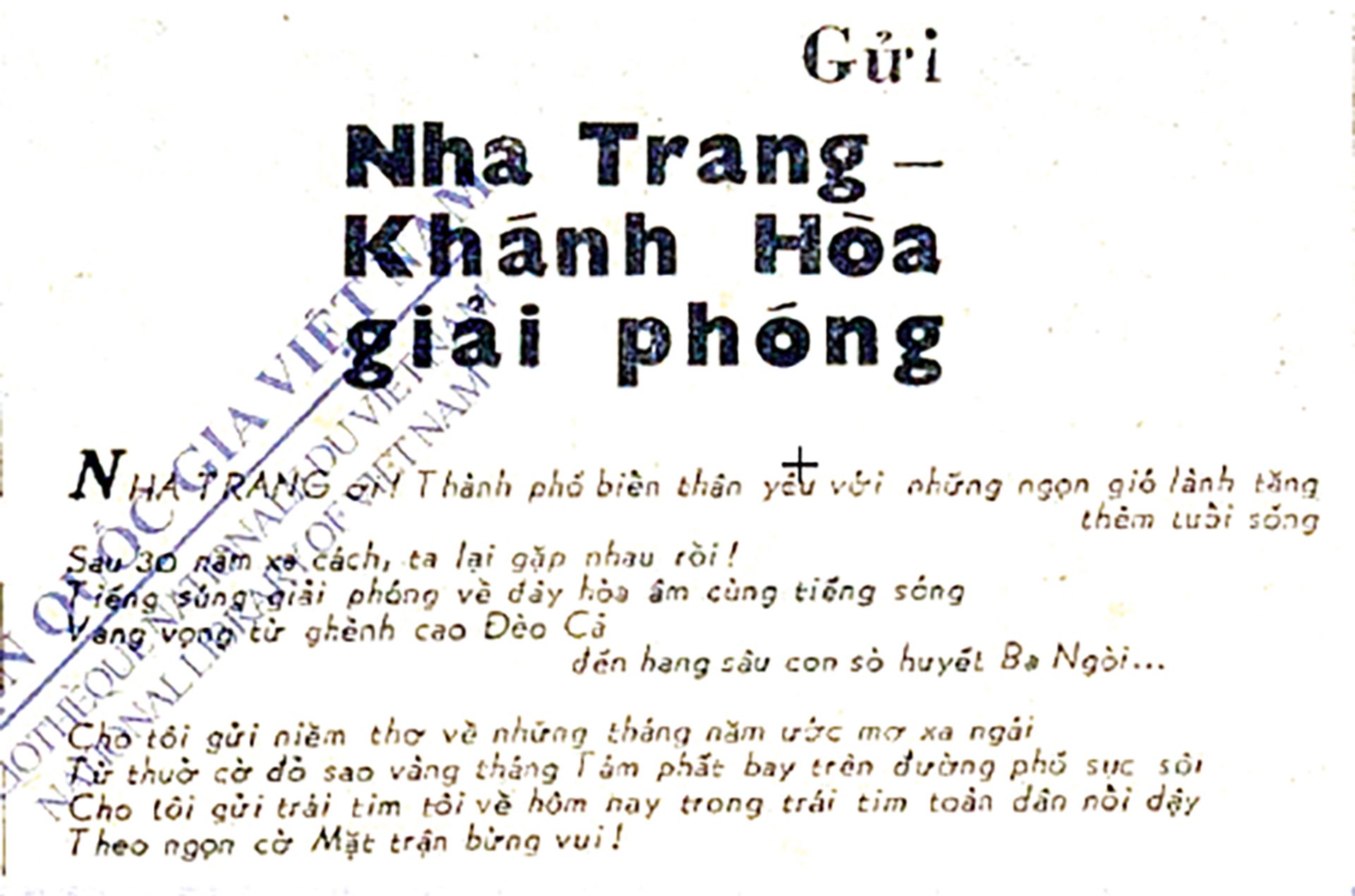













Comment (0)